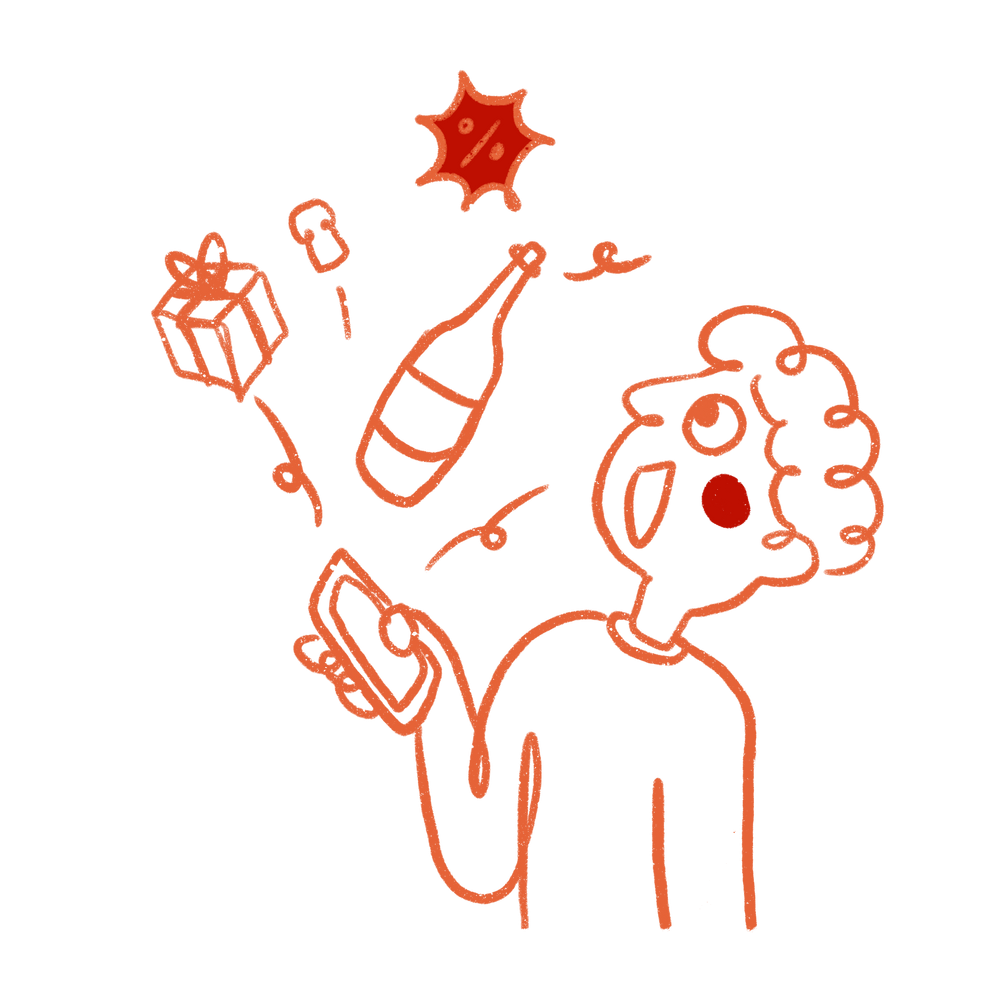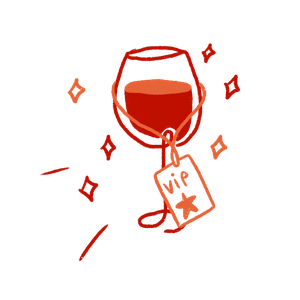Our wine glossary

The world of wine can be very intimidating, especially when you don’t speak the language. But no need to worry! Discover the essential Vinodelice guidebook below; we have everything you need to decode any wine jargon and help you become the star sommelier of every table. Grab your passport, and come along on this adventure with us!
The attack: This is the first step when wine tasting. You take a small sip of the wine and let a little air into your mouth. The first sensations of the wine then appear, which may be sweet, salty, acidic and/or bitter. Let the wine do its work on your tongue, in order to discover the full expression of the aromas.
A long finish: This is often referred to as the aftertaste. A wine with a 'long finish' still saturates the mouth after being swallowed. You can still appreciate its aromas, taste, and substance. It's the equivalent of a phantom limb in the world of taste.
Body: Everyone knows that a wine may be light-, medium- or full-bodied, but what does that truly mean? In short, the body is how the weight of the wine feels on your palate - its mouthfeel, viscosity, and texture.

Balance: A wine is balanced when none of the four flavor sensations (sweetness, saltiness, acidity, and bitterness) dominate the palate. Instead, they blend together seamlessly, and this lack of distinction allows you to appreciate the total harmony of aromas and flavors. It’s comparable to a ratatouille, a fish soup, or a boeuf bourguignon... where many ingredients blend together to create a single, harmonious flavor profile.
Bouquet: The aromas of a wine are often referred to as the ‘bouquet’; the scents that drift up from the glass once the wine has been swirled. You may detect scents of fruit, flowers, earth, chocolate or herbs, amongst others.
Legs: A wine’s ‘legs’ are the little streaks that form down the side of the glass when the liquid is swirled. The higher the legs reach, the higher the alcohol content of the wine, which can signal a fuller body and rich, powerful texture.

Structure: When we talk of a structured wine, we are referring to its constitution, not its content. We are thinking of both the liquid’s volume and its density on the palate.
Terroir : This Gallic concept is exportable but untranslatable. It refers to an agricultural product from a specific area, based on cultural and scientific criteria: know-how, technique, climate, geology, pedology, exposure and even microbiology.
Tannins: Tannins are molecules that protect plants. In wine, these living shields come from grapes and the wood of barrels. In terms of taste, grape tannins are bitter, while wood tannins give the wine an almond or hazelnut flavor. Last but not least, tannins give an astringent sensation in the mouth. You can compare this to the dryness you feel on your tongue after drinking an espresso or black tea in excessive doses. More or less, tannins are vectors of acidity or bitterness, which then defines the structure of the wine.
And there you have it! Now you’ve brushed up on your wine vocabulary, go out and show off your expertise with your loved ones - they’re sure to be impressed. So long, sommelier!






